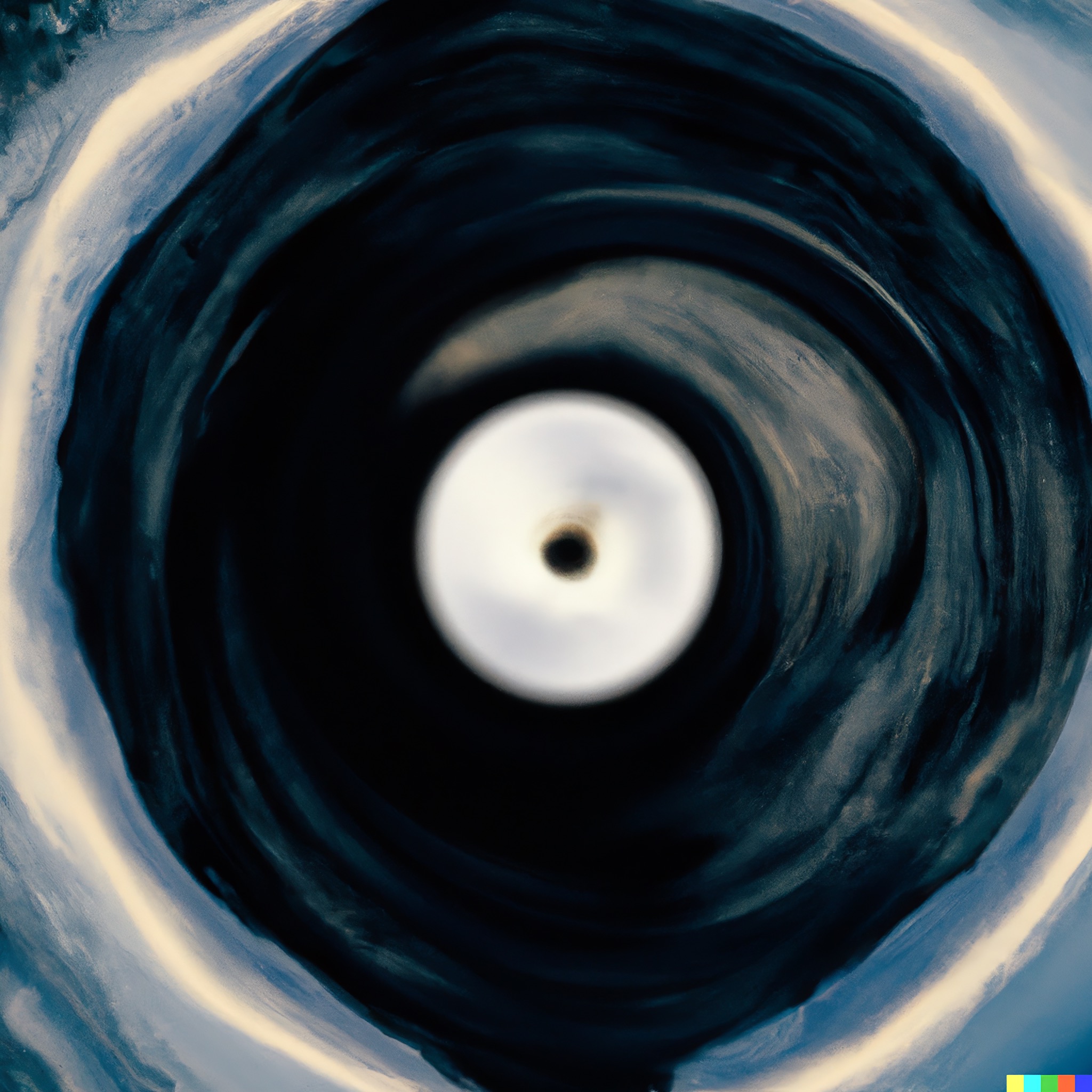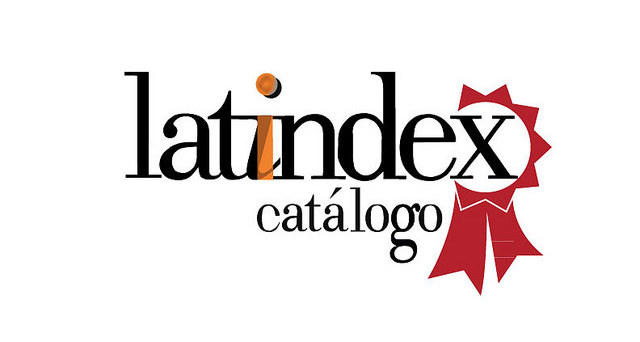Essays on the Abyss: Politics of Gaze, Violence, Technopolitics
DOI:
https://doi.org/10.29340/en.v6n11.317Keywords:
sociocultural studies, politics of gaze, violence, technopolitics, sociodigital analysisAbstract
The essay incorporates three large areas of transformations that have shaken up the contemporary scene: institutional deterioration, the detonation of the social pact(s), and the exhaustion of ecosystems, both biological and sociopolitical. The objective is to think about the impacts of these transformations on our mindsets and address the critical work involved in the production of knowledge about the world. This essay brings the question of methodological imagination to the center of the discussion in an attempt to illuminate an area that often is opaque in academic work. Three dimensions that have marked the work of ros as a researcher and thinker about the modern world are addressed, deepening understanding of the social production of meaning and the dynamics of power.
Downloads
References
Adorno, Theodor (1984). Teoría estética. Buenos Aires: Hyspamérica.
Alcazan et al. (2012). Tecnopolítica, internet y r-evoluciones sobre la centralidad de redes digitales en el #15m. Barcelona: Icaria.
Barabási, Albert-László (2012). Network Science. Cambridge: Perseus.
Barthes, Roland (1964). “Rhétorique de l’image”, Communications, núm. 4, pp. 40-51. https://doi.org/10.3406/comm.1964.1027 DOI: https://doi.org/10.3406/comm.1964.1027
— (1989). La cámara lúcida. Nota sobre la fotografía. Barcelona: Paidós Comunicación.
Bourdieu, Pierre (2002). Campo de poder, campo intelectual. Tucumán: Montressor.
Castells, Manuel (2009). Communication Power. Oxford: Oxford University Press.
— (2009). La comunicación en la era digital. Madrid: Alianza.
Critchley, Simon (2010). La demanda infinita. La ética del compromiso y la política de la resistencia. Barcelona: Marbot.
Latour, Bruno (2008). Reensamblar lo social. Una introducción a la teoría del actor-red. Buenos Aires: Manantial.
Díaz Álvarez, Enrique (2021). La palabra que aparece. El testimonio como acto de sobrevivencia. México: Anagrama.
Didi-Huberman, Georges (2016). ¡Qué emoción! ¿Qué emoción?. Buenos Aires: Capital Intelectual.
Foucault, Michel (2009). Vigilar y castigar. El nacimiento de la prisión. Buenos Aires: Siglo XXI.
García Canclini, Néstor (2010). La sociedad sin relato. Antropología y estética de la inminencia. Buenos Aires: Katz. DOI: https://doi.org/10.2307/j.ctvm7bcb0
Magoulas, Roger y Ben Lorica (2009). “Introduction to Big Data”. Release 2.0, núm. 11.
O’Reilly, Tim (2007). “What is Web 2.0: Design Patterns and Business Models for the Next Generation of Software”. Communications & Strategies, núm. 1, pp. 17-37. Disponible en http://papers.ssrn.com/sol3/Papers.cfm?abstract_id=1008839, consultado el 14 de diciembre de 2022.
Reguillo, Rossana (2005). Horizontes fragmentados. El desorden global y sus figuras. Guadalajara: ITESO.
— (2011). La narcomáquina y el trabajo de la violencia: apuntes para su decodificación. E-misférica, núm. 8.2, Hemispheric Institute. Disponible en: https://hemi.nyu.edu/hemi/es/e-misferica-82
— (2012). “De las violencias: caligrafía y gramática del horror”. Desacatos, núm. 40, México: CIESAS.
— (2021). Necromáquina. Cuando morir no es suficiente. Barcelona: Ned.
Rogers, Richard (2004). Information Politics on the Web. Cambridge: MIT Press. https://doi.org/10.7551/mitpress/3770.001.0001 DOI: https://doi.org/10.7551/mitpress/3770.001.0001
Toret, Javier et al. (2013). Tecnopolítica y 15M: la potencia de las multitudes conectadas. Barcelona: UOC.
Vallejos Izquierdo, Antonio F. (2012). Presentación. “El debate entre Gabriel Tarde y Émile Durkheim”. Empiria. Revista de Metodología de las Ciencias Sociales, núm. 23, pp. 163-199. https://doi.org/10.5944/empiria.23.2012.834 DOI: https://doi.org/10.5944/empiria.23.2012.834
Spinoza, Baruch, (1977). Ética. Tratado teológico político. México: Porrúa. Primeras ediciones: Ética (1677) y Tratado teológico político (1670).

Published
Issue
Section
License
Copyright (c) 2023 Encartes

This work is licensed under a Creative Commons Attribution-NonCommercial 4.0 International License.
Aviso de derechos de autor
- Los autores/as conservan los derechos de autor y ceden a la revista el derecho a la primera publicación con el trabajo registrado con la licencia de atribución Creative Commons, que permite a terceros utilizar lo publicado siempre que mencionen la autoría del trabajo y a la primera publicación en esta revista
- Los autores/as pueden realizar otros acuerdos contractuales independientes y adicionales para la distribución no exclusiva de la versión del artículo publicado en esta revista (por ej. Incluirlo en un repositorio institucional o publicarlo en un libro) siempre que indiquen claramente que el trabajo se publicó por primera vez en esta revista.
El material puede ser copiado, distribuido, comunicado, ejecutado públicamente. Se pueden hacer obras derivadas de él. No se puede utilizar para fines comerciales. Se debe reconocer y citar la obra de la forma en que tú especifiques.









